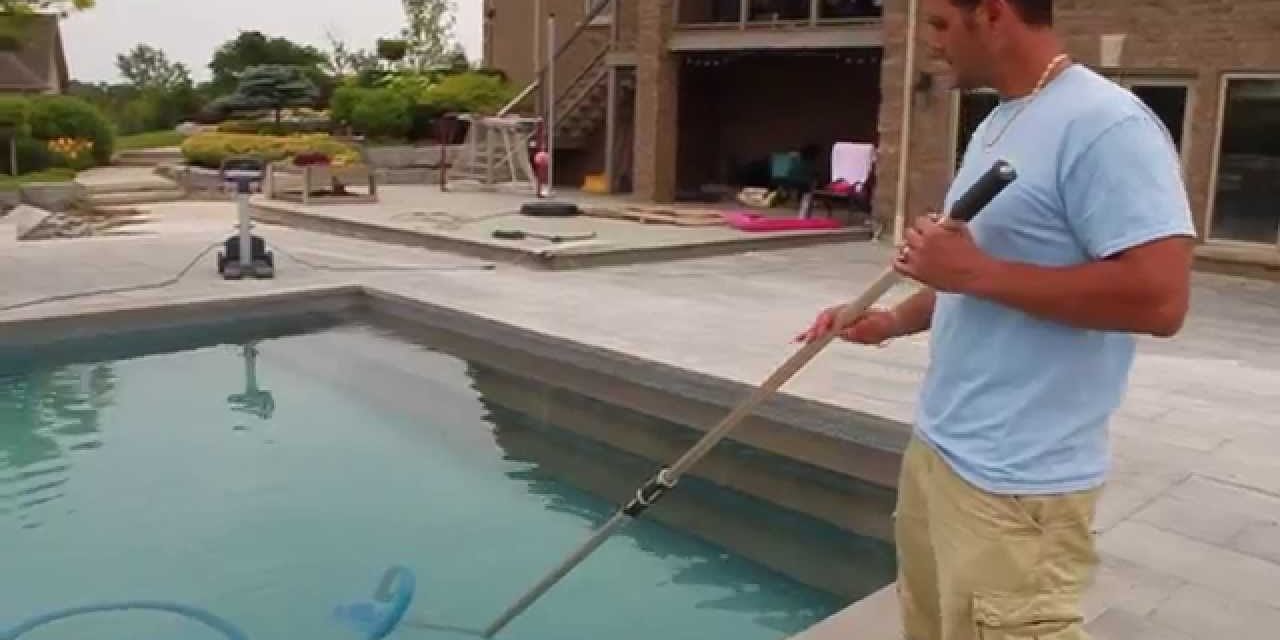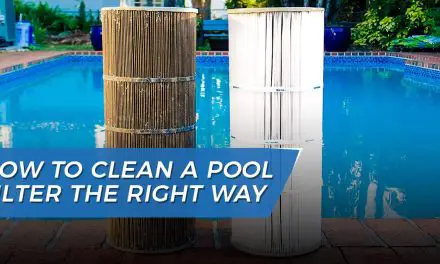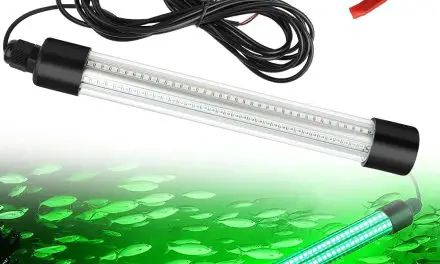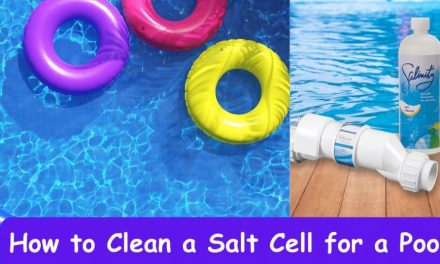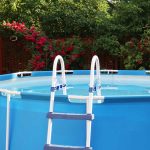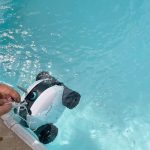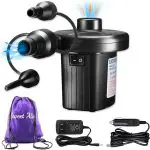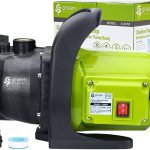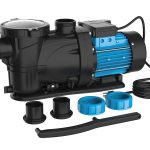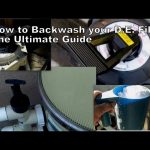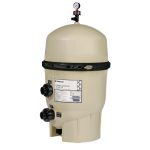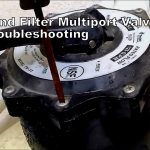To connect a pool vacuum to a pump, first, attach one end of the vacuum hose to the suction port on the pump. Then, lower the other end of the hose into the pool and ensure it is fully submerged.
Gather The Necessary Equipment
To connect a pool vacuum to the pump, start by gathering the necessary equipment: a pool vacuum, a pool vacuum hose, a pool vacuum plate, and a pool pump. Once you have all the items, attach one end of the vacuum hose to the vacuum head and the other end to the vacuum plate.
Next, locate the skimmer basket in your pool and remove the basket. Insert the vacuum plate into the skimmer basket and ensure it fits securely. Finally, turn on the pool pump and let it run for a few minutes to create suction.
Once the suction is established, you can begin vacuuming your pool by moving the vacuum head across the bottom and sides of the pool.

Credit: www.fluidra.com
Prepare The Vacuum Hose
To connect a pool vacuum to the pump, you need to prepare the vacuum hose. Start by removing any debris or obstructions from the hose. Next, attach the vacuum head to one end of the hose. Finally, attach the vacuum plate to the other end of the hose.
It’s important to ensure that the connections are secure to prevent any leaks or loss of suction. Once everything is properly attached, you can turn on the pump and begin vacuuming your pool. Regular maintenance and cleaning of your pool will help keep it clean and comfortable for swimming.
Prepare The Pool Pump
To connect a pool vacuum to the pump, you need to prepare the pool pump first. Start by ensuring that the pump is turned off to avoid any accidents. Next, locate the skimmer basket and remove it from the skimmer.
This will make way for the vacuum plate. Place the vacuum plate over the skimmer hole, ensuring a secure fit. This plate will serve as a connection point for the pool vacuum. Once the vacuum plate is in place, you can proceed to connect the vacuum hose to the plate and then to the vacuum head.
Finally, you can connect the other end of the vacuum hose to the pool pump.
Connect The Vacuum Hose To The Pump
To connect the pool vacuum to the pump, you need to follow these steps. First, insert the vacuum plate with the attached vacuum hose into the skimmer hole. Push the vacuum plate down until it is securely in place. Then, turn the pool pump on and let it prime.
By following these steps, you can easily connect your pool vacuum to the pump for efficient cleaning.
Test The Connection
To connect a pool vacuum to the pump, start by testing the connection. Check for any leaks or air bubbles in the vacuum hose, adjusting the connections if needed for a tight seal. Once connected, monitor the pool vacuum to ensure it is functioning properly.
Regularly inspect the hose and connections for any signs of damage or wear. If you notice any issues, address them promptly to maintain the efficiency of the vacuuming process. Taking the time to properly connect the pool vacuum to the pump ensures effective cleaning and helps keep your pool in optimal condition.
Vacuum The Pool
To connect a pool vacuum to the pump, begin by slowly moving the vacuum head across the pool’s floor, walls, and steps. Pay special attention to areas with debris or dirt buildup. Continue vacuuming until the pool is clean.
Disconnect The Vacuum
To disconnect the vacuum and connect the pool vacuum to the pump, start by turning off the pool pump. Then, remove the vacuum plate from the skimmer hole. Next, disconnect the vacuum hose from both the vacuum plate and the vacuum head.
By following these steps, you can safely disconnect the vacuum and prepare it for connection to the pool pump. Remember to always turn off the pool pump before attempting any maintenance or connection tasks to ensure your safety and the proper functioning of your pool vacuum system.
Properly Store The Equipment
To properly store your pool vacuum equipment, start by rinsing the vacuum hose and vacuum head with clean water. Allow them to dry completely before storing them. When storing the equipment, choose a clean and dry area to prevent any damage.
By following these guidelines, you can ensure that your pool vacuum equipment remains in good condition and ready to use whenever you need it.
Frequently Asked Questions Of How To Connect Pool Vacuum To Pump?
How Do You Connect Pool Vacuum Hose To Filter?
To connect the pool vacuum hose to the filter, simply attach one end of the hose to the vacuum head and the other end to the designated suction port on the filter.
How Do You Hook Up A Pool Vacuum To A Sand Filter?
To connect a pool vacuum to a sand filter, follow these steps: 1. Attach the vacuum head to the telescopic pole. 2. Place the vacuum head into the pool, being sure it touches the bottom. 3. Connect the vacuum hose to the vacuum head.
4. Remove the strainer basket lid from the skimmer and let the hose fill with water. 5. Insert the free end of the hose into the filter pump’s intake, ensuring a tight connection. 6. Turn on the pump and slowly move the vacuum head across the pool to clean.
Note: Ensure the sand filter is set to “backwash” or “recirculate” mode during vacuuming.
What Does The Pool Pump Need To Be On To Vacuum?
The pool pump needs to be turned on in order to vacuum the pool.
Conclusion
To successfully connect a pool vacuum to a pump, it is important to follow the correct steps and ensure a secure and efficient connection. Start by identifying the correct port on the pump to connect the vacuum hose. Use a hose connector to attach the vacuum hose securely to the pump.
Next, prime the vacuum hose by removing any air bubbles and ensuring a steady flow of water. Once the hose is primed, attach the skimmer plate to the vacuum head and place it in the pool. Switch on the pump and let it run for a few minutes to allow the vacuum to start working.
Regularly check the vacuum to make sure it is functioning properly and clean out any debris that may be collected. By following these steps, you can effectively connect your pool vacuum to the pump and maintain a clean and enjoyable swimming experience.

